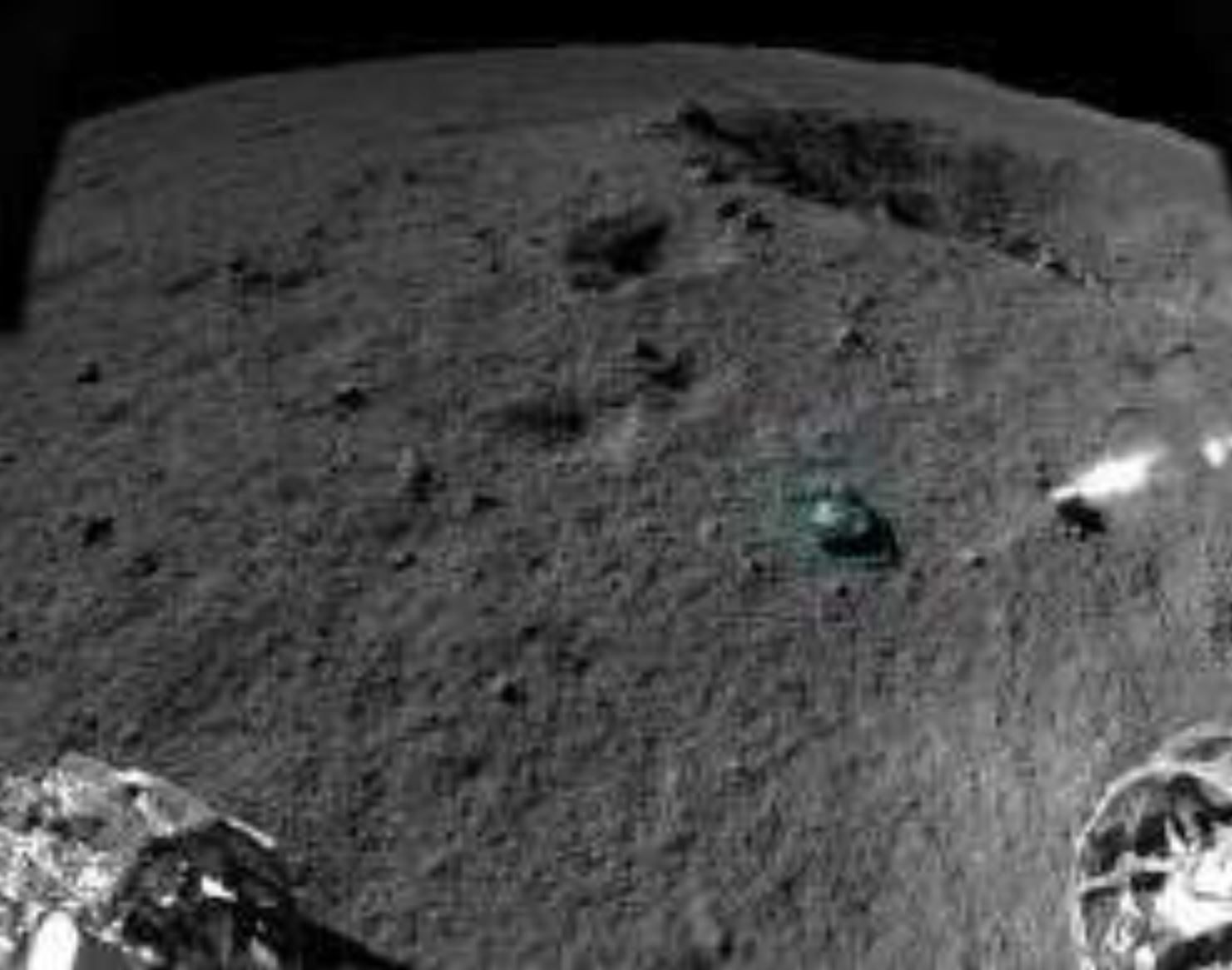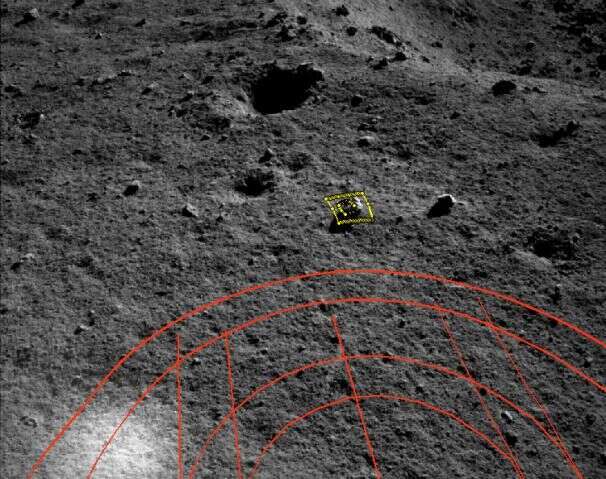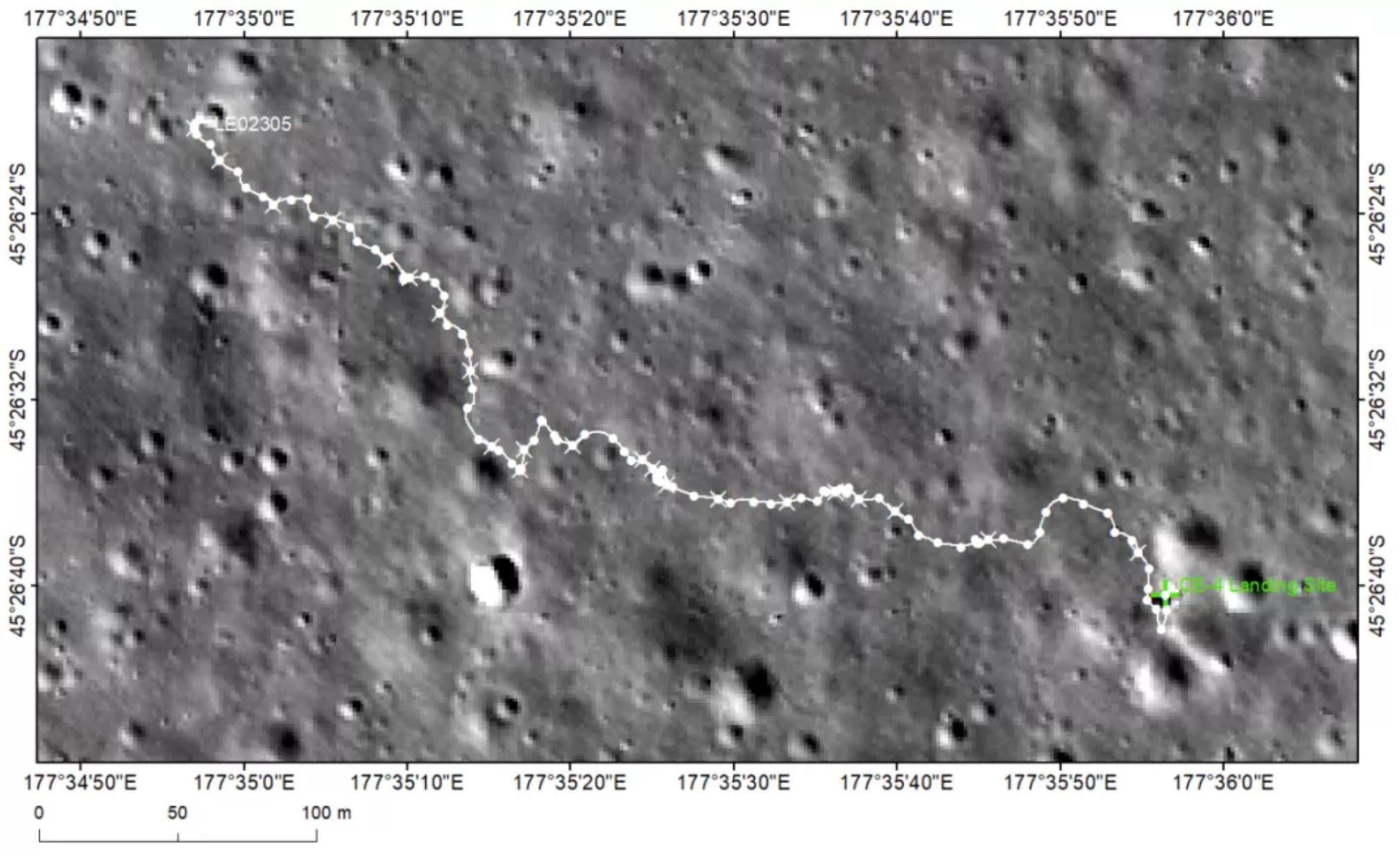China's Yutu 2 rover snaps stunning new panoramas from the moon's far side
New images illustrate rover's science activities

China's Chang'e 4 moon rover has been snapping new images highlighting the spacecraft's travels and discoveries on the lunar far side.
The Chang'e 4 mission, which consists of a lander and a rover, began its 24th lunar day in Von Kármán Crater on Nov. 9, having made the first-ever touchdown on the far side of the moon on Jan. 3, 2019. (One lunar day is about two weeks' time on Earth.)
Related: The latest news about China's space program
Meanwhile, a Chinese language drive diary, published while the two spacecraft hibernated during the very cold, roughly 14-Earth-day-long lunar night, details the Yutu 2 rover's latest activities, completed during the mission's 23rd day.
Accompanying the drive diary are a host of stunning new photographs, including a panoramic image that shows a large crater amid a desolate landscape and the distant rim of Von Kármán Crater.

Yutu 2 was not able to approach a rock specimen identified during the previous lunar day as an interesting target. It instead analyzed a rock specimen near the large crater using its spectrometer. The rover has used that instrument to analyze a range of specimens in Von Kármán Crater, notably causing a stir when it discovered an impact-melt breccia initially described in Chinese as "gel-like."
Other images detail the routes carefully planned by the Yutu 2 drive team as they navigate between numerous craters that could ensnare the rover as it makes its way to the northwest of the Chang'e 4 lander. The team have started using software to produce 3D mapping to help plot the rover's journey.
Breaking space news, the latest updates on rocket launches, skywatching events and more!

The China National Space Administration also released a superb high-resolution panorama taken by Yutu 2 while still close to the lander.
The Chang'e 4 lander and Yutu 2 rover had design lifetimes of one year and three months respectively. However, the pair are still going strong with all science payloads functioning well, according to the administration. So far the spacecraft have survived 23 lunar days and nights on the far side of the moon, or more than 670 Earth days.

A navigation camera image from Yutu 2 showing a targeted rock in yellow and route planning in red.

A panoramic image focused on a large crater near Yutu 2.

Red lines used to plan Yutu 2's route between craters.

A map showing Yutu 2's drive route across 23 lunar days and the location of the Chang'e 4 lander.
China is planning to launch its next lunar mission, Chang'e 5, later this month. The mission aims to land on the near side of the moon, collect around 4.4 lbs. (2 kilograms) of rocks and regolith samples and deliver them to Earth.
Follow us on Twitter @Spacedotcom and on Facebook.

Andrew is a freelance space journalist with a focus on reporting on China's rapidly growing space sector. He began writing for Space.com in 2019 and writes for SpaceNews, IEEE Spectrum, National Geographic, Sky & Telescope, New Scientist and others. Andrew first caught the space bug when, as a youngster, he saw Voyager images of other worlds in our solar system for the first time. Away from space, Andrew enjoys trail running in the forests of Finland. You can follow him on Twitter @AJ_FI.
